You know the saying “teamwork makes the dream work”. But what if that team is stuck under a thick pile of feedback emails, reminders and missed deadlines for lack of approvals? Here’s where social media collaboration tools come in to save the day.
A social media collaboration tool is a software platform that enables teams to work together, communicate, and simplify the social media content workflow. It facilitates efficient teamwork, enhances accuracy, and boosts productivity.
Some of the most common features of social media collaboration tools are: content planning and scheduling, team collaboration, content creation and editing, approval workflows, and integration with social media platforms.
Here’s why social media teams should consider a social media collaboration tool
Juggling multiple social media platforms is not an easy task. But using a social media collaboration tool can do wonders for your marketing team.
Here are 6 ways in which collaboration tools turn task management from workload to dream work:
- Improved communication. Collaborative tools provide a centralized space for creators, stakeholders, and clients to exchange ideas, give feedback, and discuss social media posts in real-time.
- Enhanced teamwork. These tools enable seamless collaboration among social media team members, allowing them to work together on content creation, scheduling, and optimization.
- Increased accuracy. With social media collaboration tools, different teams can easily review and proofread content, ensuring that it meets brand guidelines and maintains consistency.
- Faster workflow. By streamlining the approval process and eliminating manual back-and-forth communication, collaboration tools help teams publish social media content more efficiently.
- Enhanced productivity. With features like content calendars and task management, these tools enable social media marketers to stay organized, prioritize tasks, and meet deadlines effectively.
- Valuable feedback. Collaboration tools provide a platform for stakeholders and clients to give feedback on social media posts, leading to improved content quality and audience engagement.
Leaving feedback in context and approving a social media post with Planable
There are many social media collaboration tools out there that offer a variety of perks. It is important to choose the tools that offer collaboration features that maximize your team’s workflow efficiency and decrease the time spent on content curation.
- Direct collaboration and feedback: The tool should allow team members to collaborate directly on social media posts, providing comments, suggestions, and feedback in real-time.
- Multi-review and approval options: It should support multiple layers of review and approval workflows, ensuring that the content goes through the necessary stakeholders before publishing.
- Comment in context: The ability to leave comments and annotations directly next to the post eliminates confusion and improves clarity during the collaborative process.
- Internal notes & posts: The tool should provide a feature to add internal notes or posts that are hidden from clients until they are ready to be shared.
- Organization features: Robust social media collaboration tools should offer features like dedicated workspaces, labels, views, filters, and other organizational elements to keep social media campaigns structured and manageable.
Planable is a comprehensive social media collaboration tool that allows teams to create, collaborate, plan, and approve all types of written content (yes, even newsletters, blogs, and briefs).
Drag-and-dropping posts to be scheduled in Planable’s social media calendar
Key features
Besides the highly visual content calendar and the efficient content-creating workflow, Planable offers key collaboration options and approval workflows such as:
- exchanging feedback
- comments with attachments
- shareable links for stakeholders and collaborators
- internal notes and internal posts
- activity history for posts
- social media analytics and reporting
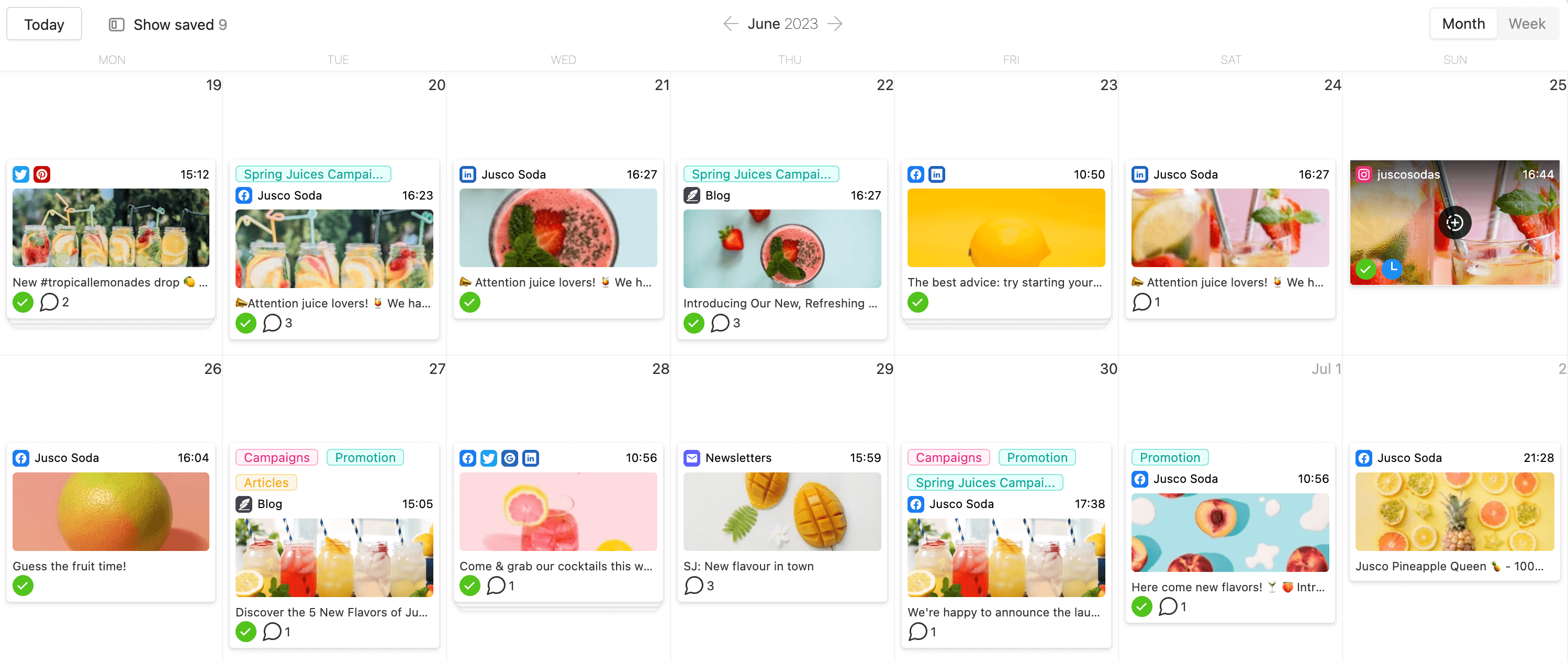

Social media content collaboration in Planable
The cool thing about Planable is that you can edit your photos or videos directly on the platform without having to re-upload files after feedback adjustments. Posts can be planned in the highly visual calendar and automatically scheduled for publishing, once they get the greenlight from approvers.
Supported Platforms
Facebook, Instagram (including direct Stories and Reels publishing), LinkedIn, Youtube, Tiktok, Google Business Profile (formerly known as Google My Business), Pinterest, and Twitter.
Drawbacks
It lacks social listening and monitoring.
Pricing
Planable offers both free and paid subscriptions starting at $11/month/user, paid annually.
Takeaway
Planable is best for social media teams of any size and industry that are seeking efficient communication and seamless approval workflows. With advanced collaboration features, an easy social scheduler, and a highly visual editorial calendar, Planable makes social media marketing so much easier. You can test all its features with the first 50 posts free plan.
Hootsuite is a powerful social media management platform that enables marketers to tackle multiple social media channels from a single dashboard.
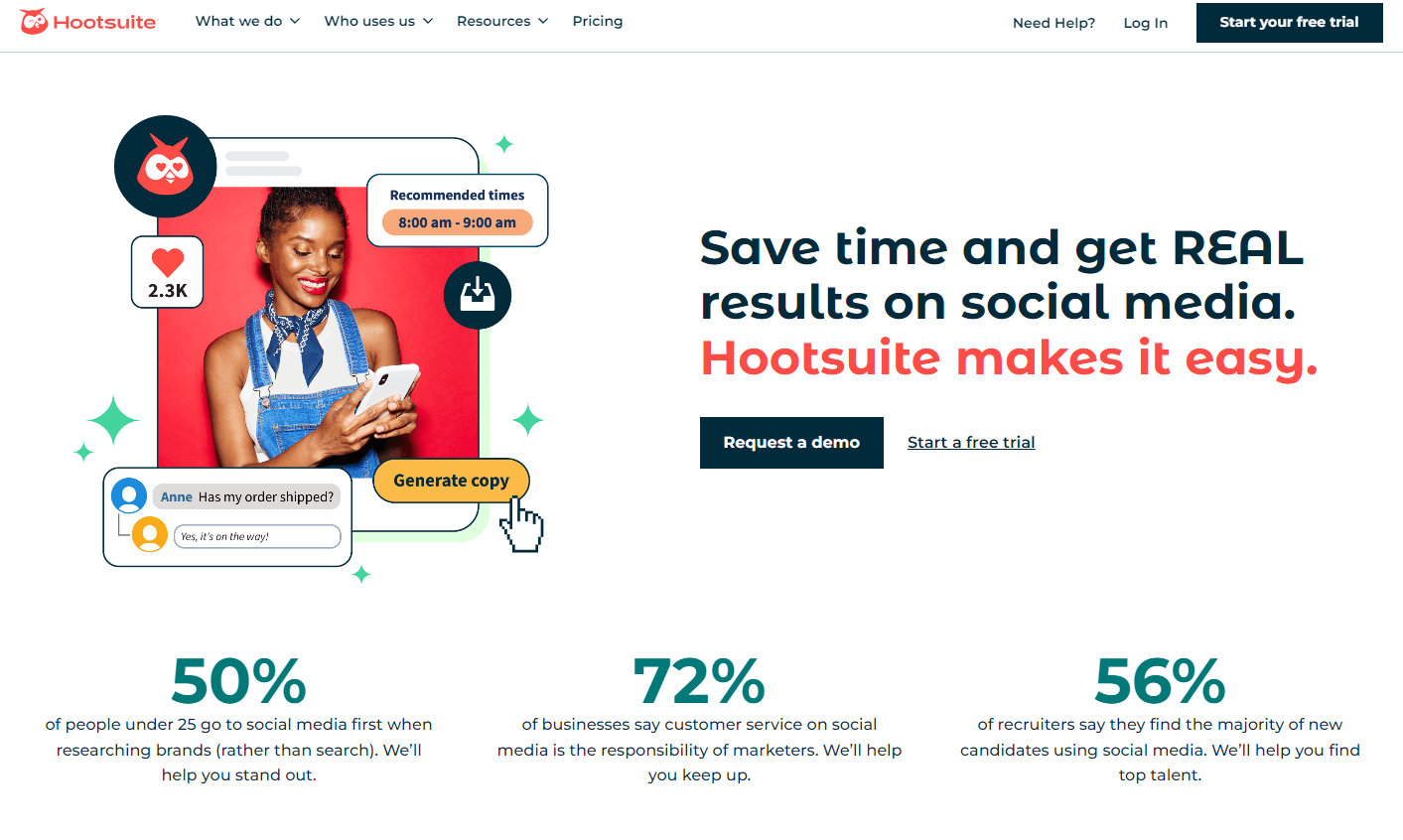

Key features
- scheduling and publishing social posts across multiple social media channels
- content curation through the team collaboration process
- social media monitoring tools, including social media mentions and competitor analysis
- analytics and reporting to track progress
Supported Platforms
Facebook, Twitter, Instagram, TikTok, LinkedIn, YouTube, and Pinterest.
Drawbacks
While it excels in managing social media channels, its collaboration capabilities may not be as robust as dedicated marketing collaboration tools like Planable.
Pricing
Hootsuite offers both a free plan, as well as premium options that start at $99/month/user, accommodating 10 social accounts.
Takeaway
Hootsuite is the best option if your social media team relies heavily on analytics and reporting features. However, if you are a social media manager who needs to supervise the workflow between various creators and stakeholders, you should probably look for a more advanced social collaboration tool. If you’ve already tried Hootsuite, check this comprehensive list of Hootsuite alternative tools that might better suit your needs.
Asana is one of the most versatile project management tools that can be customized to suit the needs of marketing teams. It provides features like task management, project tracking, and team collaboration. Asana is designed for diverse teams and offers solutions from creative project management to a range of app integrations, like Microsoft Teams, Google Drive, or Figma, to facilitate team cooperation on various types of projects.
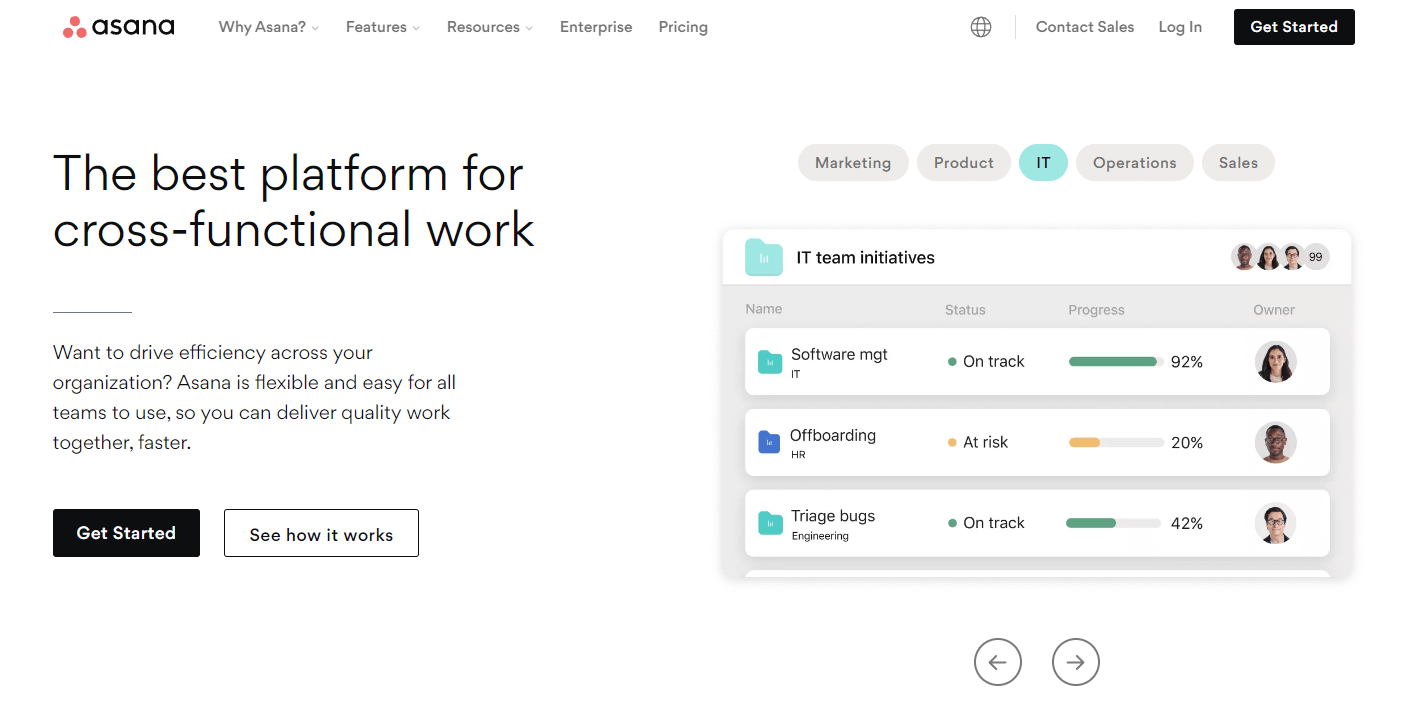

Key features
- campaign planning and mapping: great for launching marketing campaigns
- task management: allows users to create, assign, and organize tasks
- turning spreadsheets into timelines: great for organizing and hitting deadlines
- integration and Automation: Asana integrates with various third-party apps and services such as Google Drive, Slack, and Zapier
Supported Platforms
Facebook, Instagram, Twitter, and LinkedIn.
Drawbacks
Although Asana is one of the best collaboration tools, its focus is not successful social media collaboration.
Pricing
Asana has a free subscription as well as paid options starting at €10.99/month or €24.99/month for bigger teams.
Takeaway
Asana is best for marketers who need to integrate their work with complex and diverse teams around their organization.
Sprout Social is a feature-rich social media management platform that offers in-depth analytics and reporting functionalities. It provides collaboration capabilities, scheduling features, and brand monitoring through social media mentions.
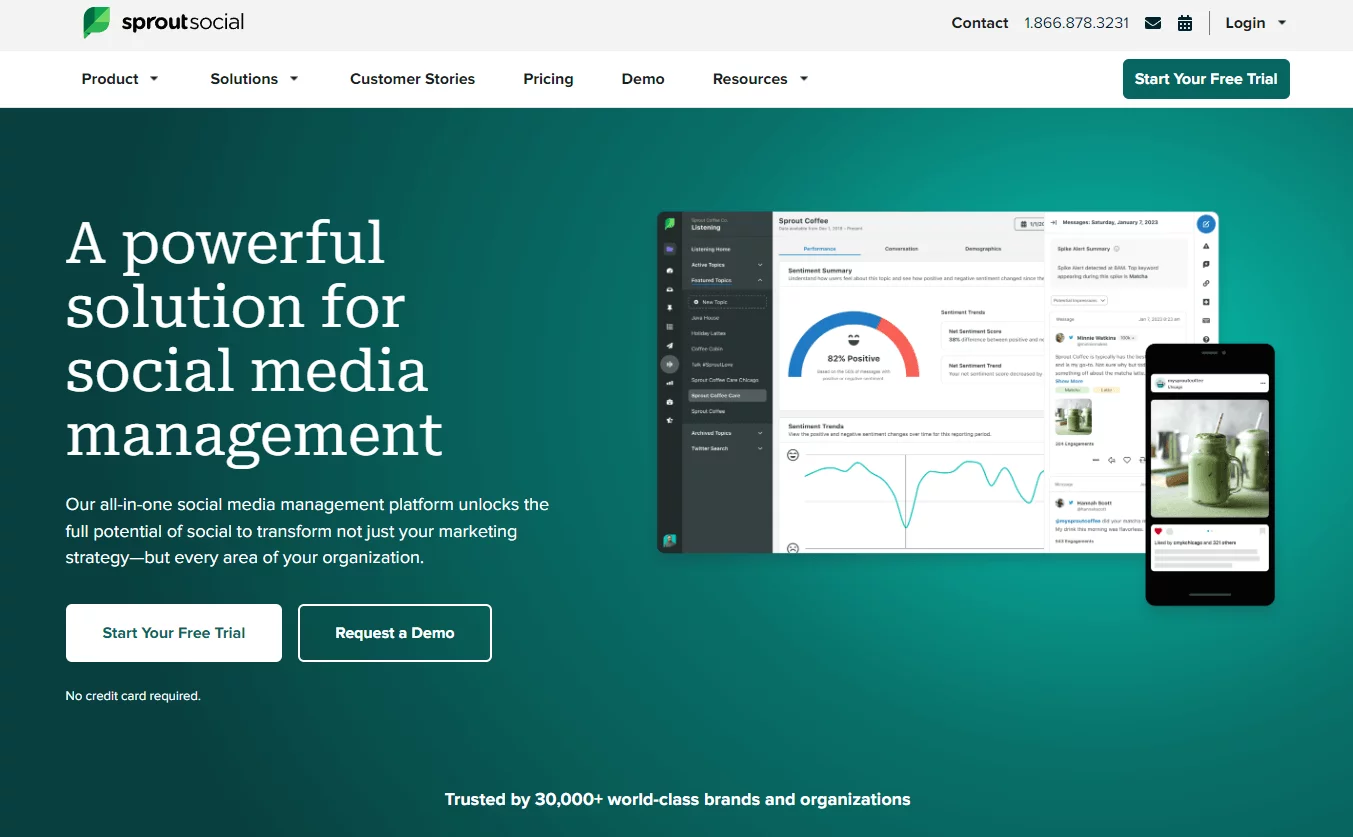

Key features
- social automation for customer care and social media management
- analytics for campaign results
- in-depth social listening for brand monitoring
- integration with apps like Bitly, Dropbox, Canva, and more
Supported Platforms
Instagram, Facebook, TikTok, Youtube, Twitter, LinkedIn, Pinterest, Messenger, WhatsApp and Google Business Messages
Drawbacks
Although it provides customized workflows, they are only included in its $399 plan, which can be expensive for some users.
Pricing
Spout Social’s pricing starts at $249 per month for the Standard plan and can go higher than $499 for enterprises.
Takeaway
Sprout Social is best for analyzing and monitoring a brand’s mentions through social listening data, but it can be pricey for some users who are only looking for the social media collaboration attribute.
5. Canva – best tool for social media content creation and collaboration
Canva is a popular design tool that allows marketers to create visually appealing social media posts, graphics, and videos. It offers collaboration options, brand templates, and a vast library of visual assets.
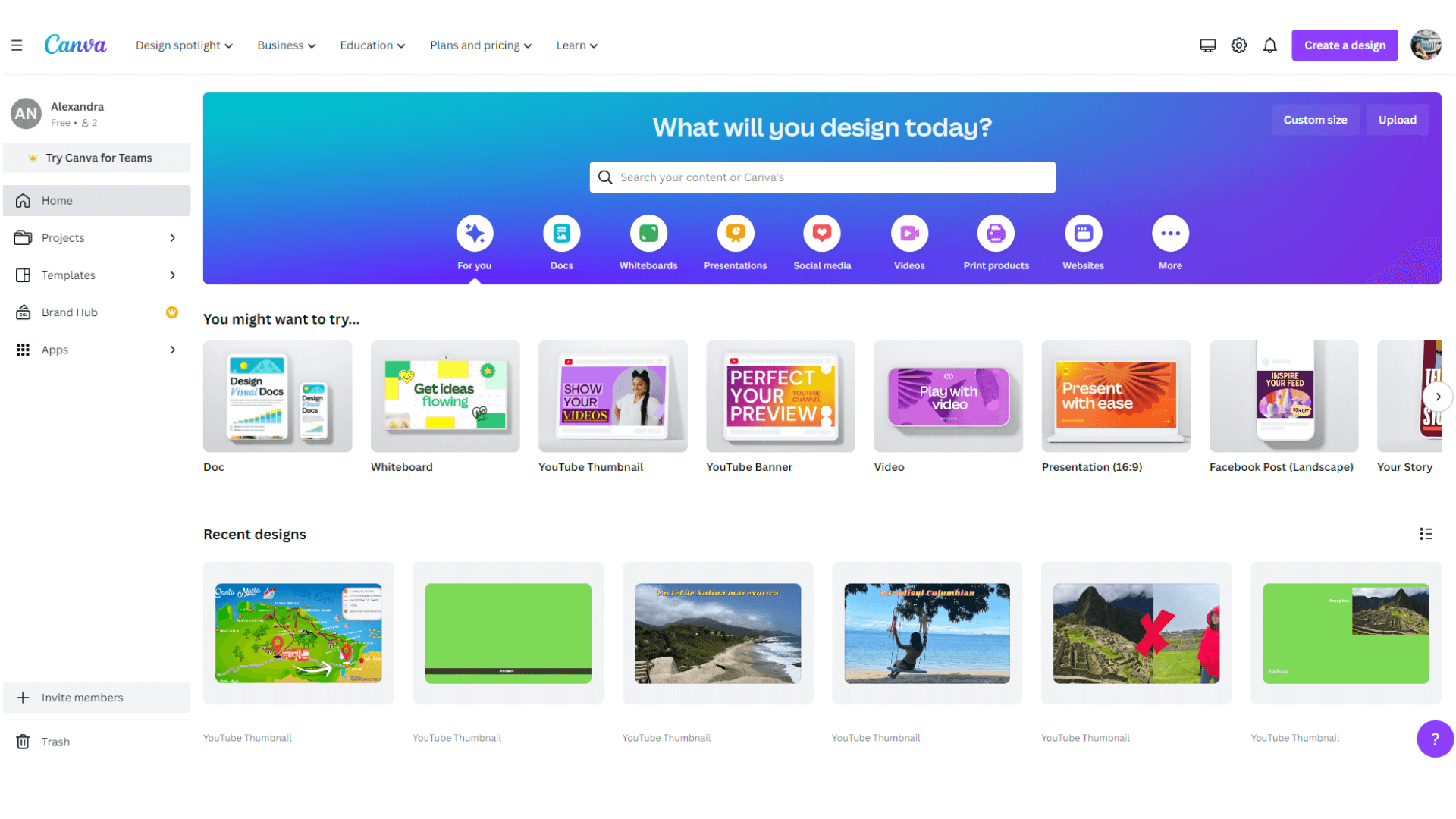

Key features
- templates and design tools for professional-looking visuals without any graphic design experience
- social media scheduling and publishing directly from the app
- collaboration and teamwork for real-time feedback using Canva Draw
- customizable branding to ensure that every social media post aligns with the brand’s identity
Supported Platforms
Facebook, Instagram, Twitter, LinkedIn, Pinterest, and Tumblr.
Drawbacks
While it excels in visual content creation, its collaboration functions may not be as optimized as other dedicated online collaboration tools.
Pricing
Canva has a feature-limited free plan, a single-user plan for $12.99/month plan and a team option for $14.99 /month
Takeaway
Canva is a great tool for creating social media images and videos, but it lacks integration for some important social media channels, and it has few advanced collaboration features.
Kontentino is an intuitive platform for social media collaboration that helps content marketing teams with their social media efforts to create, approve, and publish social media content. It provides features like content calendars, post-scheduling, collaboration, and approval workflows.


Key features
- budget planner: makes the ads budget available for all the social media management team
- performance analytics and reporting: users can monitor key metrics such as engagement, reach, and impressions
- post Previews and Simulations: real-time previews of posts in the context of each social media platform
- content Approval Workflow: users can create content drafts, assign tasks, and send them for review
Supported Platforms
Facebook, Instagram, LinkedIn, Twitter, and Pinterest.
Drawbacks
Kontentino lacks direct scheduling for Instagram stories. It doesn’t include popular networks like YouTube or TikTok, and it doesn’t offer a free version. If these integrations are needed in your strategy, here are most popular Kontentino alternatives for you to check out.
Pricing
Kontentino starts at 44€ /month, offering 3 user seats, and can cost over 182€ /month for more than 10 users.
Takeaway
Kontentino is a great social media collaboration platform, but it lacks advanced functionalities and can be a bit pricey.
Buffer is one of the most widely used social media collaboration tools that enables social media marketers to plan and publish content across social media channels like Facebook, Instagram, TikTok, Twitter, LinkedIn, Pinterest, Google My Business, and Youtube Shorts. It offers collaboration features, analytics, and audience engagement.
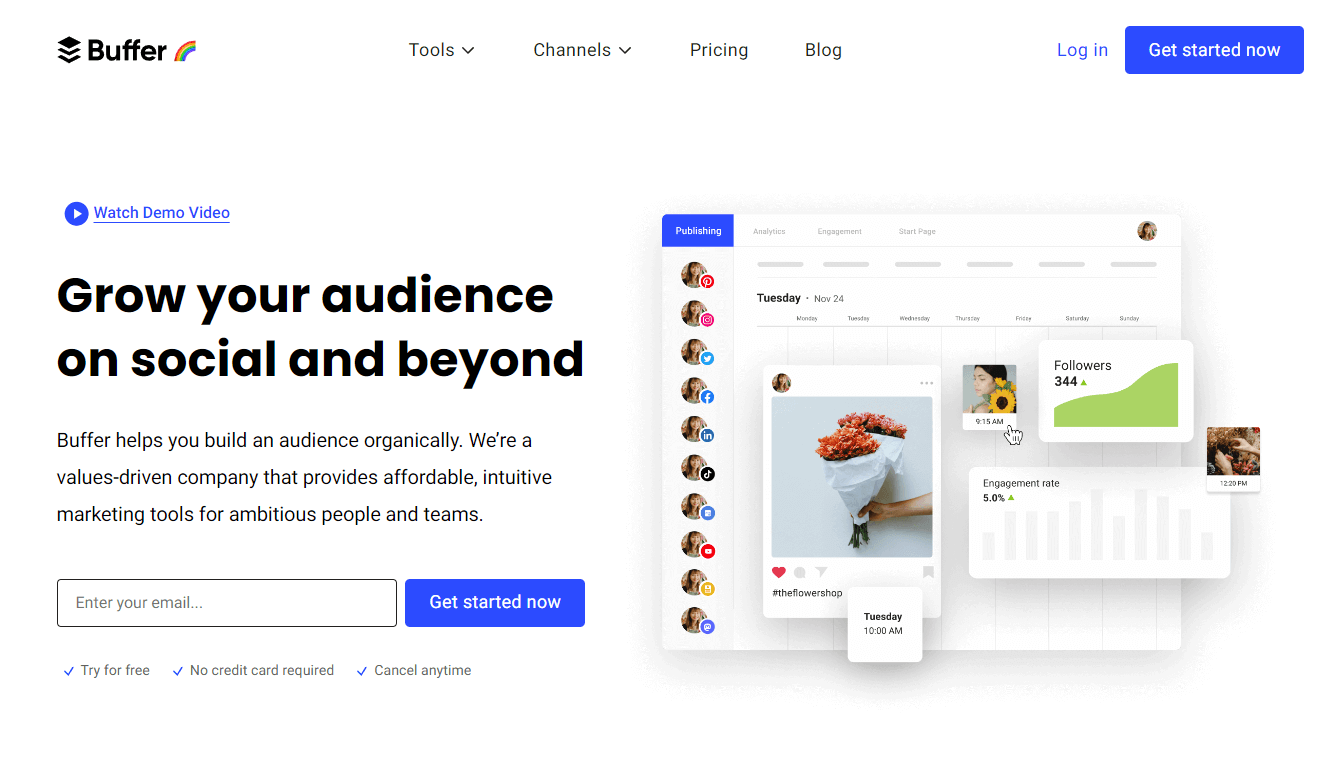

Key features
- social media scheduling through a visual content calendar
- easy content publishing and social media management
- social media analytics including, including individual post data
- social listening and engagement through mention alerts
Supported Platforms
Facebook, Instagram, LinkedIn, Twitter, Pinterest, TikTok, Google Business Profile, Mastodon, and Shopify.
Drawbacks
Buffer’s collaboration features may not be as extensive as those of other dedicated collaboration tools.
Pricing
Buffers offers a free plan, but the team subscriptions start at $12/month/channel for unlimited users.
Takeaway
Buffer is the best for scheduling and publishing content on a budget.
Notion is a versatile collaboration and documentation tool that allows teams to join forces on various projects, including social media campaigns. It provides features that help with project management, document sharing, and team communication. For example, a user can assign tasks to another team member, add notes and documents, or merge data from other apps.
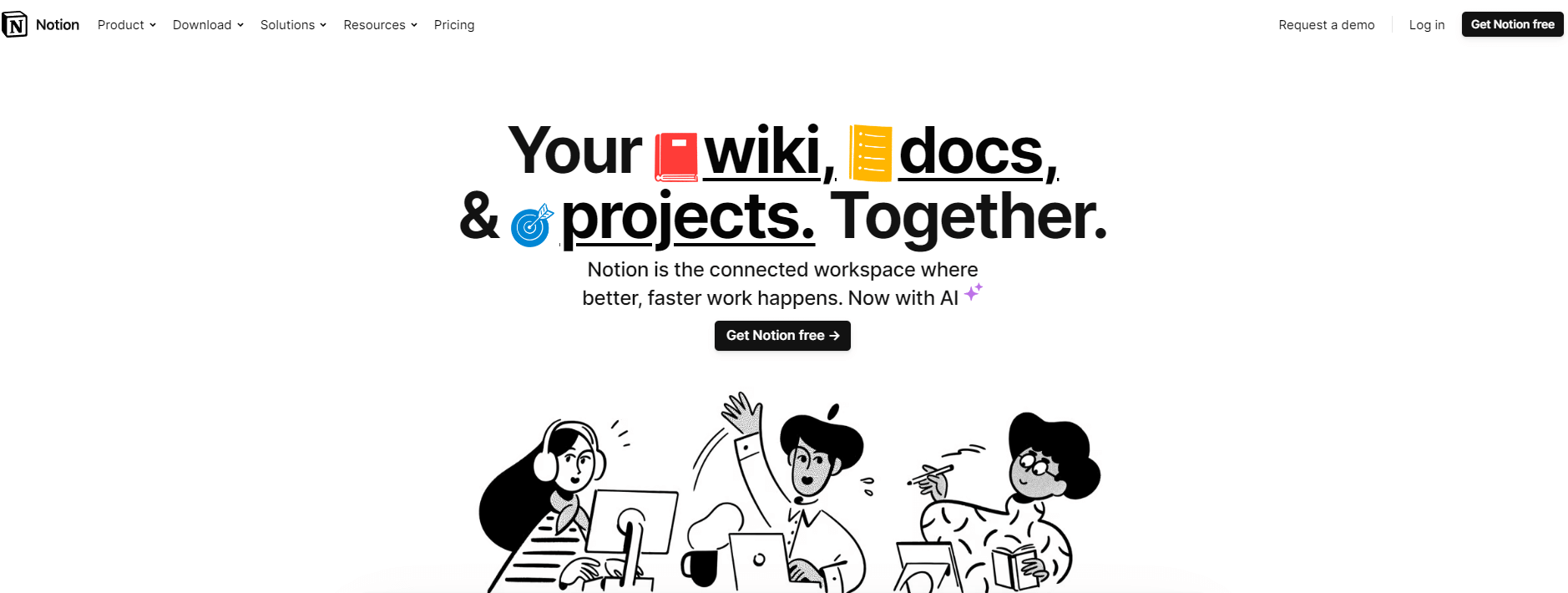

Key features
- flexible workspace: users can create various types of content, including notes, documents, databases, and task lists
- collaboration and teamwork: users can invite other teams to view, edit, and comment on pages and documents
- database and project management: users can create custom databases to manage projects, tasks, and other structured information
- wide integration: it supports integration with various third-party tools and services such as Figma, Slack, Canva, Loom, and many more
Supported Platforms
Notion does not support direct publishing to social media channels.
Drawbacks
Notion is not focused nor optimized for social media marketing.
Pricing
Notion has both free and paid plans. The paid plans start at $8 and can go higher than 15$ for enterprises.
Takeaway
Notion is one of the best free team collaboration tools that can also be used for social media strategy creation.
Mailchimp is primarily known as an email marketing platform, but it also offers collaboration features and social media integration for limited channels. It provides tools for creating email campaigns, automating marketing workflows, and managing social media content.
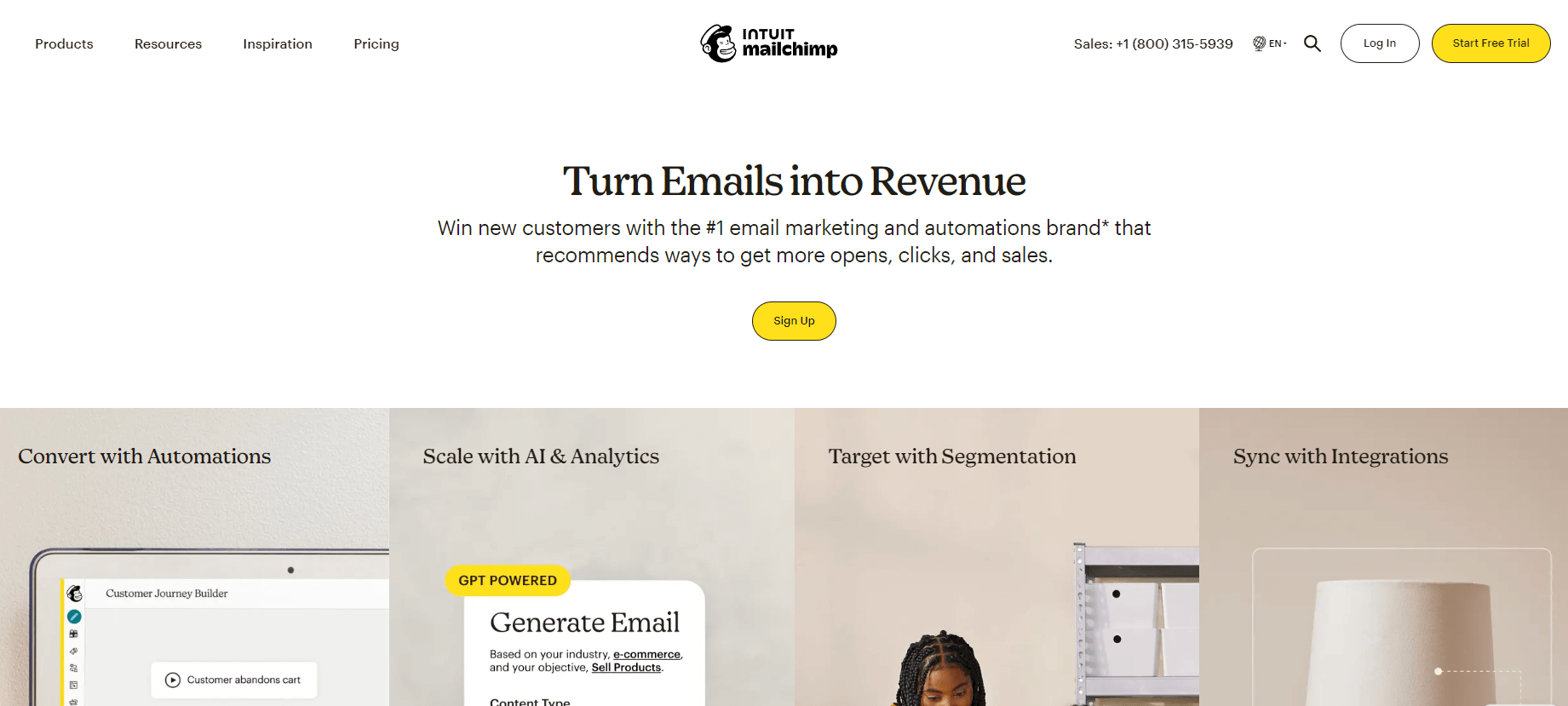

Key features
- audience management and segmentation based on criteria such as demographics, interests, or purchase history
- automation and email sequences: enables users to set up automated email sequences based on triggers and actions
- A/B testing and campaign optimization to help marketers determine the most effective elements for their audience
- reporting and analytics such as open rates, click-through rates, bounce rates, and conversions
Supported Platforms
Facebook, Instagram, and Twitter.
Drawbacks
While Mailchimp is great for email marketing, it only allows Facebook, Instagram, and Twitter integration.
Pricing
Mailchimp has both free and paid plans. The paid plans start at $13 and can up to 350$ for unlimited users.
Takeaway
Mailchimp is the more suitable choice for marketers looking for email marketing with social media integration.
In conclusion, choosing the right social media collaboration tools depends on the specific needs of your marketing team. Planable excels in collaboration and approval workflows, making it an ideal choice for marketers seeking efficient team collaboration and content approval. You can test all its features with the first 50 posts free plan.
Now’s the time to evaluate the social media collaboration features of each tool mentioned and which one aligns best with your team’s requirements!


